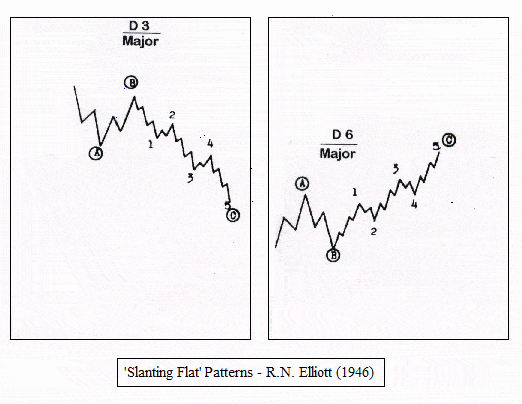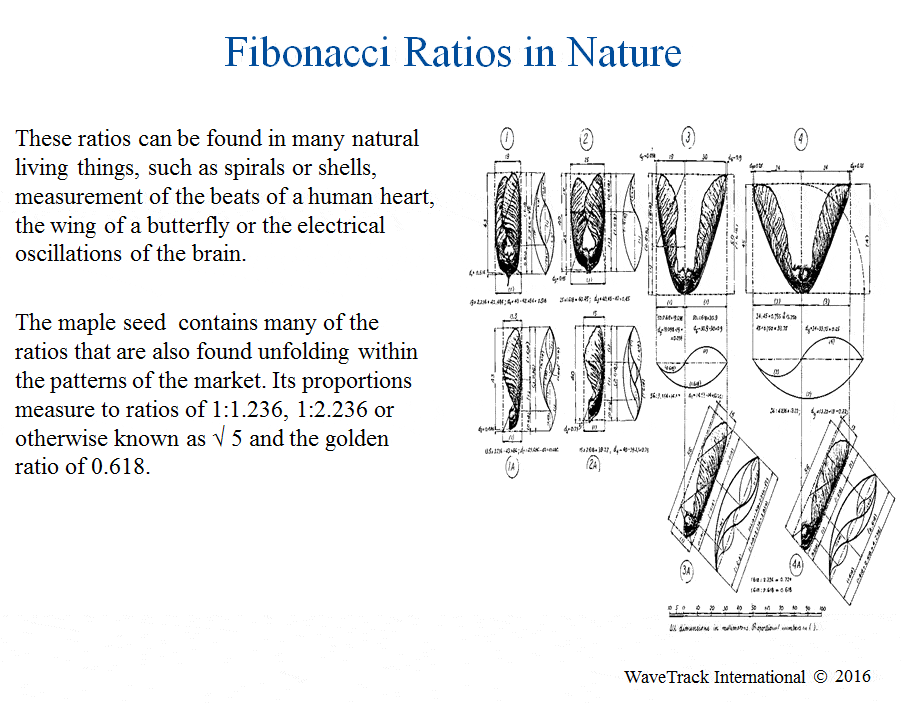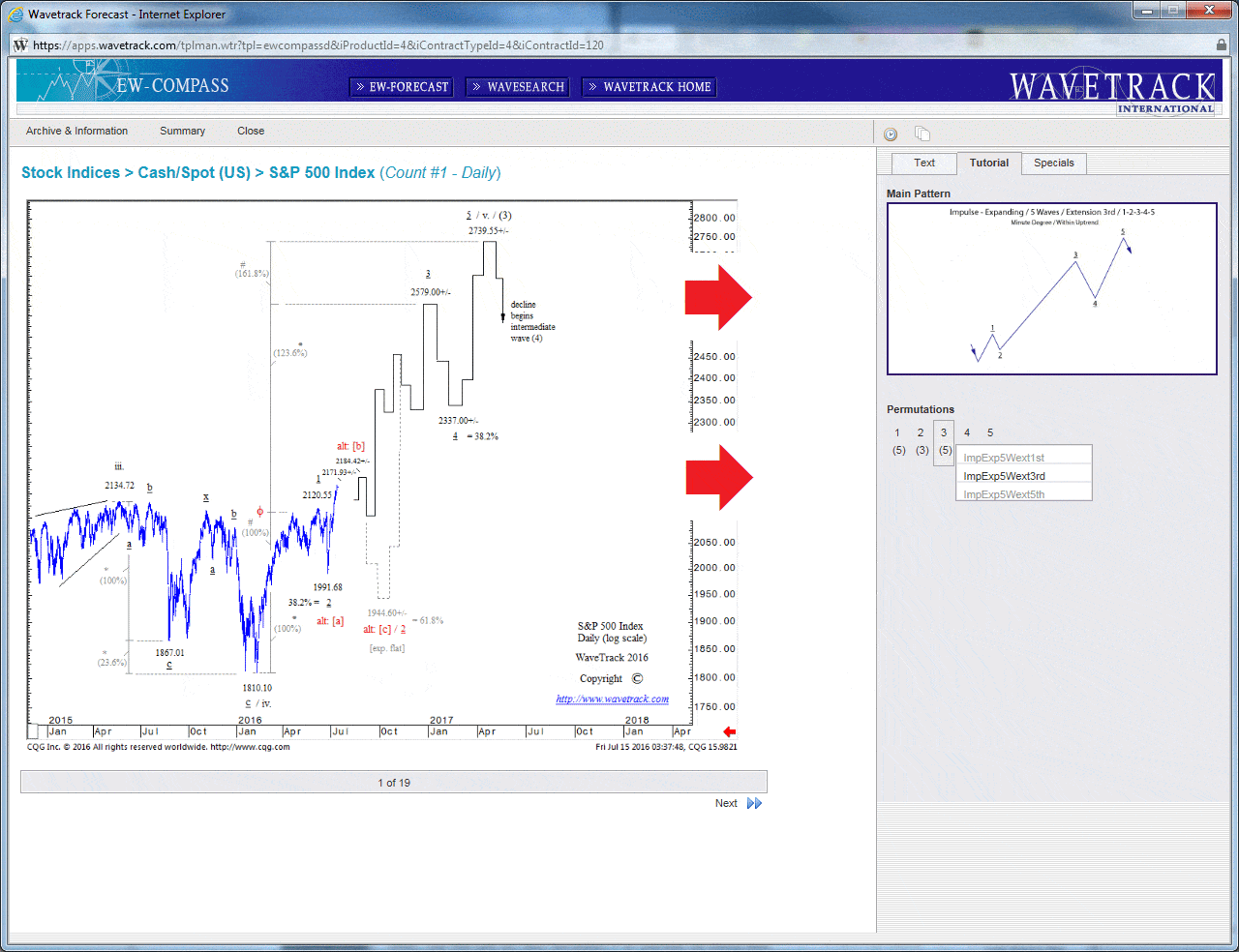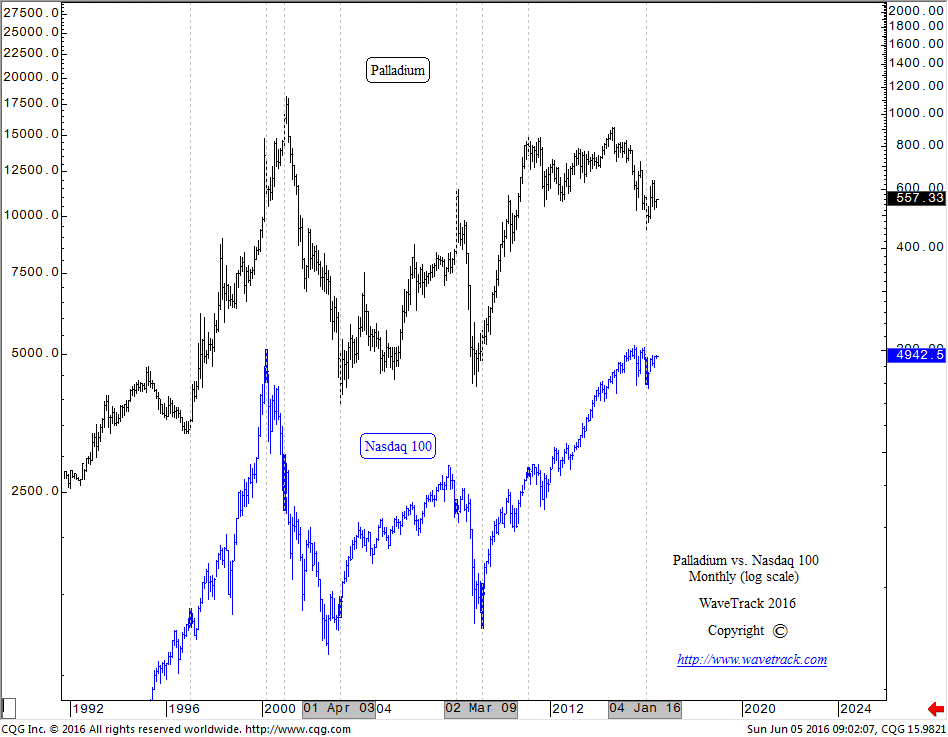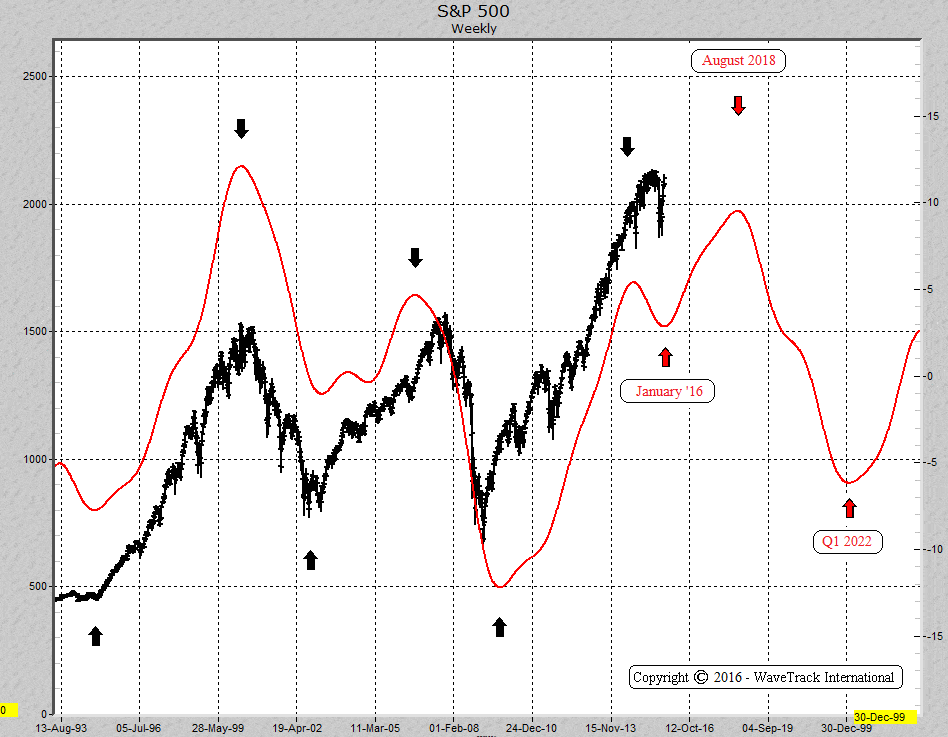This is one question we get asked quite a lot –
Q. What type of Elliott Wave does WaveTrack practice?
At first, this question raised our eyebrows as we thought, is there anything else? But like any discipline, any skill, there are many ways in which to apply it. After all, you know this already – no two doctors are alike, no two golfers have the same back-swing and we certainly have preferences.
The internet boom of the last ten years or so has uncovered a whole new generation of Elliott Wave practitioners and some, for whatever reason, have taken a more hybrid route in its application, departing from the core-essence and principles of what R.N. Elliott himself discovered.
Let’s face it, interpreting the markets waves can be difficult so why not add something new to the mix to help that process. It’s a common theme to use technical indicators alongside Elliott Wave, the most widespread use is the divergence set-ups in RSI to identify waves 3-4-5. Others have modified Elliott’s work entirely, even given their own names to their new discoveries. Some have departed so far from the ‘Nature’s Law’ concept of ‘action/reaction’ where numbers are ‘trends’ and ‘letters’ are counter-trends that even wave labelling is almost unrecognisable from its origins.
If it works, fine, but if it’s too complex to teach or replicate, what use can it possibly be? Such a thing doesn’t empower us, it entraps us.
My own experiences of practising Elliott Wave runs deep – there are many great stories to tell, and I intend to get around to sharing them. But if all these were to be paraphrased into just a few words, a sentence maybe, it would be this;
Practice, practice, practice training your eyes, your mind to recognise, identify and anticipate Elliott Wave Patterns.
It sounds simple, but once you master this, you won’t need technical indicators or any other hybrid method to predict price development – the legacy of R.N. Elliott’s original, classical Wave Principle is enough! Keeping things simple really works!
WaveTrack’s classical approach maintains the original concept of R.N. Elliott’s discoveries and some of the slight modifications made to simplify the ‘essence’ of his work by Charles J. Collins, Hamilton Bolton, A.J. Frost/Prechter. In actual fact, if you take a look at Elliott’s original works, his ‘Wave Principle’ (1938) and ‘Nature’s Law’ (1946) you’ll perhaps be surprised to see some variances to the later use we term as classical EW of today.


For example, Elliott labelled 5th wave ‘extensions’ as a-b-c-d-e whereas today, we commonly associate letters with ‘corrective’ patterns, i.e. zig zag, flats etc. The description of ‘irregular tops’ and ‘double retracements’ formations are simply irregular/expanding flat corrective patterns. The corrective 3-3-5 pattern associated with horizontal or expanding flats has a hybrid, called by Elliott as the ‘slanting flat’ which is not really recognised but actually exists, albeit rare. And his terminology between ‘horizontal triangles’ and ‘diagonal triangles’ is somewhat misleading at first until its real meaning is placed into its intended context. Triangles are associated with corrective patterns whilst diagonal triangles are part of the five wave impulse grouping (we now drop the ‘triangle’ wording in diagonals to avoid confusion!). All these modifications are superficial though – they simplify rather than change Elliott’s underlying work.
There’s no doubt that R.N. Elliott’s monographed discoveries were ‘a project in progress’. Rather than changing its intention, its essence, at WaveTrack we preserve it and comply with the Universal Principles that permeate it.
Elliott’s final monograph, ‘Nature’s Law – The Secret of the Universe’ (1948) introduced the Fibonacci Summation Series and its accompanying ratios and their importance. He originally maintained that human mass psychology had an impact on building the waves in financial markets we know today, but later, in this final assemblage of his work, he emphasised the concept of Ratio, Proportion and Number.
In chapter 24, he states that ‘human emotions ordinarily rise and fall at regular intervals...the ups and downs of these factors resemble stock market charts’. But what causes these rhythms? ‘Causation’ is one of the cornerstones of the Elliott Wave Principle, but human mass psychology reflects another of those cornerstones, ‘Effect’. It is not the cause, but the effect we see translate into the ebb and flow of price development in markets. But the truth behind the markets real movement lies in Elliott’s final legacy of Fibonacci, Numerology, Ratio, Proportion and of course, Pattern.
These are the qualities that WaveTrack employs into its classical Elliott Wave analysis and price-projection studies.
Key Elements to Forecasting Elliott Wave
Pattern & Form | Ratio & Proportion | Positive/negative Correlations | Cycle Theory
The predictive qualities of the Elliott Wave Principle (EWP) are simply amazing and even after 30+ years of practice, I still find it a very humbling experience to witness its effect on market activity each and every day. But there can be traps in its interpretation and this is where it attracts criticism as a forecasting method. The Elliott wave model in its ‘idealistic’ form is just not practical at every level or degree of trend. The very short-term data-series of the market’s trading logs are often fraught with pattern discrepancies, making them difficult to identify. This causes incremental errors right through the hierarchical construct of larger degrees of trend. The shorter the time-series being analysed, the more likely that ‘idealised’ Elliott Wave patterns are compromised. This is not always the case, but often enough to throw us off course.
Pattern & Form
In order to increase the probabilities of successful forecasting, pattern identification must be emphasised – its overall ‘form’. This will assist in correcting erroneous errors in analysing very short-term data. This may sound obvious, but over many years of being sent works from many Elliott Wave practitioners, a noticeable theme was being repeated over and over – wave labelling was dominating the chart to such an extent that the overall pattern it was intending to describe, was lost. It invariably becomes an incoherent list of numbers and letters, losing its pattern integrity entirely.
So the first thing we do at WaveTrack is to emphasise PATTERN & FORM. In all of our forecasts, each chart will illustrate the current pattern in development to COMPLETION.
No longer do you have to translate existing wave labelling to determine the next sequence – our charts will clearly define the ongoing pattern, drawing them to precise, idealised price targets! This means that we spend up to an hour, sometimes more in constructing each chart for publication in our reports. Each is drawn meticulously incorporating all the essential elements – when placed within its related hierarchical context, several charts are created in seamless continuity, from intra-hourly movements in minuette degree, through minute, minor, intermediate, primary, cycle, super-cycle etc.
Ratio & Proportion
The other key element we use is the quantitative attributes of Ratio & Proportion. In fact, this is WaveTrack’s main specialisation, the geometric principles lying behind the Fibonacci Summation Series (FSS) and its derivative ratios, 161.8, 138.2, 123.6, 114.5, 100.0, 76.4, 61.8, 50.0, 38.2, 23.6, 14.58. The most important of these is the ‘golden-ratio’, 161.8 & its inverse 61.8. We cannot emphasise how important this is. It is fair to say that Ratio & Proportion is given equal weighting in all aspects of price-forecasting. All of WaveTrack’s Elliott Wave charts are built around the ratio and proportion construct, measuring each wave to ensure it fits into its corresponding pattern. In fact, it is no exaggeration to say that often, Fibonacci-Price-Ratios are used to IDENTIFY the PATTERN – not the other way around! More the truth that each has equal importance, but stressing that a persistent use of Fibonacci Ratios will often clarify the pattern, even though the result it implies is often too fantastical for the limits that our minds will accept.
Positive/Negative Correlations
The other key element used to assist the EW process is the attributes of positive/negative correlations. This is particularly useful in identifying patterns in shorter time-series/frames. For example, the positive correlation between the S&P 500 index and the Russell 2000 small-cap is obvious. At any given time, the short-term data may reveal pattern clarity in one that the other doesn’t have. We tend to search for a ‘pattern-proxy’ in each time-series/frame to confirm the next sequence of price-development. This can also be the case when comparing cash indices to their related futures contracts. But it also is relevant to much larger patterns and time-series and across less correlated markets too. Safe to say that correlations feature heavily in our analysis and we encourage everyone to become familiar with this process, even if your focus is in just a handful of markets.
Cycle Theory
Have you ever noticed how sometimes, corrective patterns seem to stretch longer than you’d ordinarily expect? The Elliott Wave Principle (EWP) deals in two dimensions, Pattern and Ratio but Time is a missing element. In Elliott’s ‘Nature’s Law’ he wrote: ‘The Fibonacci Summation Series includes the numbers 3, 5, 34 & 55. Time cycles are not always exact’. He rounded-up these numbers to fit experimentation with numeric cycle lengths but from our own empirical research, Fibonacci-Time-Ratios are inconsistent across most time-series. Even when they do work, we find they exhibit Fibonacci Ratios only retrospectively – they are difficult to predict from day 1.
‘CycleTechPro all rights reserved 2017’
At WaveTrack, we use the more conventional methods of Cycle Theory which identifies recurring cycle lengths in more linear, equalled time-intervals. Our analysis identifies each Stock Index, Currency, Commodity or Interest Rate contract with varying cycle lengths according to the works and discoveries of W.D. Gann and Edward R. Dewey. Unlike Kondratiev, Kitchen, Juglar and Kuznets who are known for the discoveries of one or so time-cycles, Gann and Dewey built an entire cycle matrix. This is based upon its inherent, fractal characteristics, in a similar way that Elliott Wave nomenclature builds smaller component patterns into incrementally larger ones, so did the cycle works for Gann and Dewey. Gann’s work is based off what he refers as his ‘Master Time Factor’, the 60-year periodicity. All other cycles are part of this, i.e. 2 x 30-year, 3 x 20-year etc. Dewey built another form of a fractal matrix with a central base period of 17.75 years. From this, he multiplied out in two directions, by a factor of 2 in one direction and 3 in the other, i.e. 17.75 x 2 = 35.5-year, x 3 = 53.25 etc. We have also discovered several new time-periodicities and use these to construct ‘composite’ cycles. These are extremely valuable in determining the likely length of not only Elliott Wave corrective patterns but also major five wave impulse trends. These results can be found in any of WaveTrack’s medium and long-term analysis.
Summing Up
So there we have it – these are the main attributes of WaveTrack’s ‘Classical’ Elliott Wave. We hope you can join us in our pursuit of excellence in price-forecasting. The Elliott Wave Principle is an integral tool in financial prediction but it also opens doors to unseen aspects of ourselves, especially when we begin the journey into its accompanying disciplines of Geometry, Cyclicity and Numerology.
Most sincerely,
Peter Goodburn
Founder of WaveTrack and head of Elliott Wave Research & Analysis
Subscribe and get the latest forecasts on Stocks, FX & Commodities – NOW!
WaveTrack International and its related publications apply R.N.Elliott's "The Wave Principle" to historical market price activity which categorises and interprets the progress of future price patterns according to this methodology. Whilst it may be reasonable to deduce a course of action regarding investments as a result of such application, at no time or on any occasion will specific securities, futures, options or commodities of any kind be recommended for purchase or sale. Publications containing forecasts are therefore intended for information purposes only. Any opinion contained in these reports is only a statement of our views and are based on information we believe to be reliable but no guarantee is given as to its accuracy or completeness. Markets are volatile and therefore subject to rapid an unexpected price changes. Any person relying on information contained in these reports does so at their own risk entirely and no liability is accepted by WaveTrack in respect thereof. © All rights are copyrights to WaveTrack. Reproduction and / or dissemination without WaveTrack's prior consent is strictly forbidden. We encourage reviews, quotation and reference but request that full credit is given.
Editors’ Picks
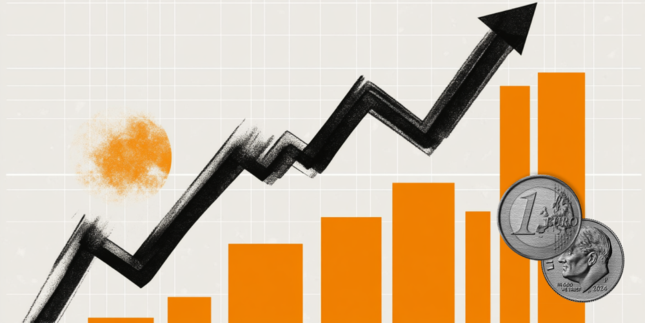
EUR/USD stabilizes above 1.1350 on Easter Friday
EUR/USD enters a consolidation phase above 1.1350 on Friday as the trading action remains subdued, with major markets remaining closed in observance of the Easter Holiday. On Thursday, the European Central Bank (ECB) announced it cut key rates by 25 bps, as expected.

GBP/USD fluctuates below 1.3300, looks to post weekly gains
After setting a new multi-month high near 1.3300 earlier in the week, GBP/USD trades in a narrow band at around 1.32700 on Friday and remains on track to end the week in positive territory. Markets turn quiet on Friday as trading conditions thin out on Easter Holiday.

Gold ends week with impressive gains above $3,300
Gold retreated slightly from the all-time high it touched at $3,357 early Thursday but still gained more than 2% for the week after settling at $3,327. The uncertainty surrounding US-China trade relations caused markets to adopt a cautious stance, boosting safe-haven demand for Gold.
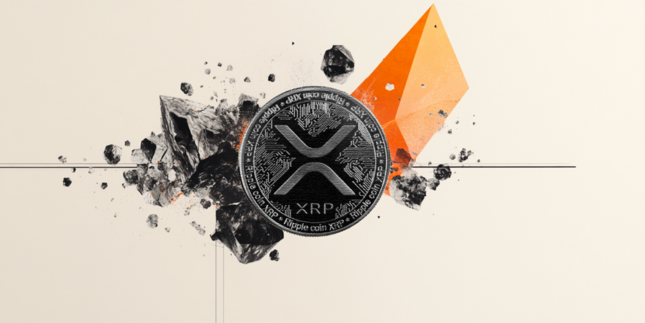
How SEC-Ripple case and ETF prospects could shape XRP’s future
Ripple consolidated above the pivotal $2.00 level while trading at $2.05 at the time of writing on Friday, reflecting neutral sentiment across the crypto market.

Future-proofing portfolios: A playbook for tariff and recession risks
It does seem like we will be talking tariffs for a while. And if tariffs stay — in some shape or form — even after negotiations, we’ll likely be talking about recession too. Higher input costs, persistent inflation, and tighter monetary policy are already weighing on global growth.
RECOMMENDED LESSONS
Making money in forex is easy if you know how the bankers trade!
Discover how to make money in forex is easy if you know how the bankers trade!
5 Forex News Events You Need To Know
In the fast moving world of currency markets, it is extremely important for new traders to know the list of important forex news...
Top 10 Chart Patterns Every Trader Should Know
Chart patterns are one of the most effective trading tools for a trader. They are pure price-action, and form on the basis of underlying buying and...
7 Ways to Avoid Forex Scams
The forex industry is recently seeing more and more scams. Here are 7 ways to avoid losing your money in such scams: Forex scams are becoming frequent. Michael Greenberg reports on luxurious expenses, including a submarine bought from the money taken from forex traders. Here’s another report of a forex fraud. So, how can we avoid falling in such forex scams?
What Are the 10 Fatal Mistakes Traders Make
Trading is exciting. Trading is hard. Trading is extremely hard. Some say that it takes more than 10,000 hours to master. Others believe that trading is the way to quick riches. They might be both wrong. What is important to know that no matter how experienced you are, mistakes will be part of the trading process.

The Best brokers to trade EUR/USD
SPONSORED Discover the top brokers for trading EUR/USD in 2025. Our list features brokers with competitive spreads, fast execution, and powerful platforms. Whether you're a beginner or an expert, find the right partner to navigate the dynamic Forex market.

